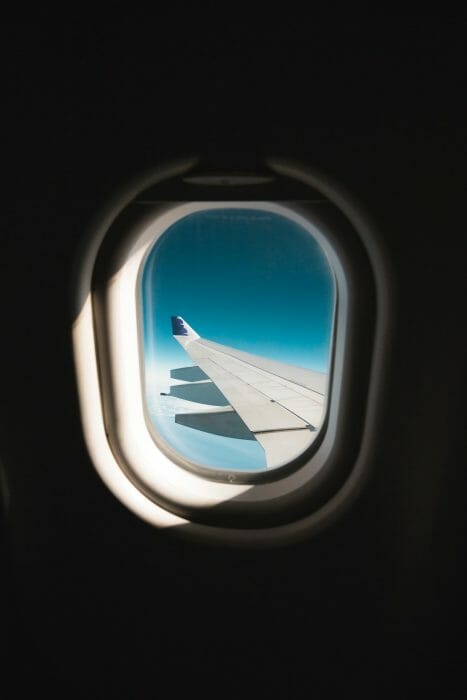The demand for commercial airlines will continue to improve towards the fourth quarter (Q4) this year for the domestic market and spiral up to 46% of pre-pandemic levels in the first quarter of next year, Malaysia Airlines Group CEO, Captain Izham Ismail.
He says this is based on the latest relaxation on travel restrictions announced by the government coupled with the country’s high and accelerated vaccination rate.
“Coupled with the country’s high and accelerated vaccination rate, the demand for commercial airlines will continue to improve towards Q4 this year for the domestic market and climb to 46% of pre-pandemic levels in Q1 2022 or quicker, given the latest relaxations on travel restrictions announced by the government,” he says in an interview with Business Today.
He adds that the flagship carrier is looking forward to the re-opening of more holiday destinations by the Government following successful compliance to the new normal.
Overall, the domestic travel industry in Malaysia is heading towards a positive outlook with the ease of restrictions.
Flagship budget carrier Air Asia also projects that the domestic passenger market will start to recover next quarter and achieve pre-pandemic levels by the end of 2022, while the international market will fully recover in 2023 at the earliest.
However, for the flagship carrier, the main concern is regarding the long-haul market or international sector which is taking a prolonged L-shaped recovery, impacted mainly by stringent border control and restrictions, quarantine requirements and consumer confidence across all touchpoints.
“All is also dependent on the upcoming announcement by each specific country that the Malaysian flagship carrier operates,” he says, forecasting that international travel will fully recover in 2023 or 2024.
Capt Izham also says that all of their operating pilots and cabin crew on the active roster have achieved a 100% vaccinated status to provide a safe and healthy working environment for passengers and employees.
Malaysia Airlines says it remains steadfast in its commitment to adopting safety and hygiene standards in air travel, and works closely with the Ministry of Health to follow the guidelines by International Civil Aviation Organisation’s (ICAO) and recommended practices to ensure they comply with the requirements related to COVID-19.
To further reduce the risk of in-flight transmission, Malaysia Airlines has installed HEPA filters in its cabin environment conditioning system that provides excellent filtration capability filtering out 99.97 per cent of viruses and other microorganisms onboard.
All passengers will be given a complimentary hygiene kit throughout every flight, which comes with a non-surgical face mask, a sachet of hand sanitiser and sanitary wipes hygienically packed in a sealed zip-lock small-sized pouch.
Malaysia Airlines group chief operations officer, Ahmad Luqman Mohd Azmi, told reporters in an online briefing that its domestic market forecast will be achieved if the COVID-19 situation in Malaysia improves as projected by the authorities.
Firefly will resume Boeing 737-800 operations from the Penang International Airport and aims to be operating up to 10 737-800s by 2025 serving seven countries.
Firefly did start its 737-800s in May, but it was quickly shuttered due to the Malaysian Government’s Movement Control Order (MCO), a country-wide lockdown in response to a spike in COVID-19 cases.
Mohd Azmi says the airline had to defer its 737 plans but if the situation improves, the operations could re-start early in next year’s first quarter, but it depends on the domestic recovery.
He says the airline has only been operating at about 30% of its network since the pandemic. A challenge will be ensuring staff competency remains high and avoiding unnecessary human error, he adds.
Meanwhile, Air Asia reported that revenue was 160 per cent higher at 370 million ringgit, boosted by cargo revenues. Under its digital arm, revenue from its logistics business tripled while the fintech unit revenue was 56 per cent higher.
Net loss for April-June was 41.6 per cent lower at 580 million ringgit (US$139.66 million), compared with a loss of 992 million ringgit a year ago when the airline hibernated its fleet at the start of the coronavirus pandemic.
Passengers carried for the quarter surged 272 per cent to 758,746 while load factor – which measures how full a plane is – rose nine percentage points to 68 per cent.
AirAsia says it is continuing with cost-containment measures, including cutting headcount and salaries while managing its capacity to match demand.
The group expects all its airline entities – Malaysia, Thailand and Indonesia – to see a gradual pickup in domestic operations in the fourth quarter, following the easing of travel restrictions in line with the increase in vaccination rates.
Accordingly, the nation’s airlines can look forward to a brighter future if travellers enjoying the Langkawi Travel Bubble play their role in ensuring no surge in COVID-19 infections o the island by continuously practising the new normal and adhering to SOPS.









